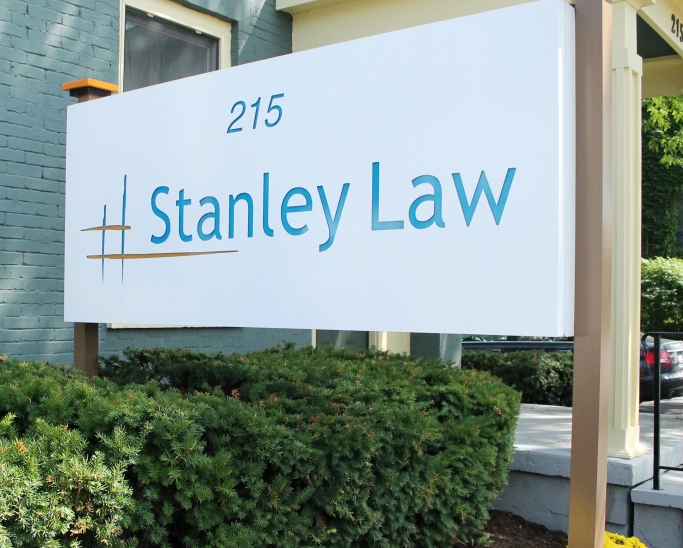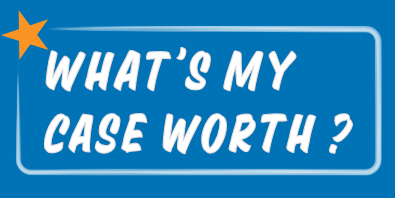A Tree Falls on Your Home. What Do You Do Next?
As the summer storms pick up, what do you do when a tree falls on your home? We see more and more stories in the news about severe weather. When a tree falls on your home, what do you do next? There’s also the challenge of a tree from your neighbors’ yard falling into your yard. Many of the steps in either case, are similar. The following insights will offer you some helpful guidance relating to your concerns, safety, and insurance.
Assessing the Damage
The first step after a tree has fallen into your yard is to assess the damage safely. Look for the following:
- Property Damage: Check to see to what extent the tree has damaged your house, garage, fence, or other structures.
- Hazardous Situations: Identify any immediate dangers, such as downed power lines or blocked access routes.
- Extent of Debris: Determine how much of the tree debris is in your yard and what it will take to remove it.
Document the damage with photos and videos. This will be important for your insurance claim and, if it’s relevant, any discussions with your neighbor.
Who’s Responsible?
Understanding who is responsible for the fallen tree can be complicated. Here’s a general guideline:
- Healthy Trees: If the tree was healthy and fell due to a natural event (like a storm), the damage is usually considered an “Act of God.” In such cases, each homeowner is typically responsible for their own property damage.
- Negligent Maintenance: If the tree was dead, diseased, or otherwise not maintained properly, and this was known to the neighbor, they might be liable for the damage. This could include instances where the neighbor ignored a known hazard.
Understanding Your Insurance Policy
Your homeowner’s insurance policy is your first line of defense when dealing with tree damage. Here are key points to consider:
Coverage for Tree Removal
Most standard homeowner policies cover tree removal if the tree caused damage to a structure on your property. This includes:
- House Damage: If the tree falls on your house, your policy will likely cover the cost of removing the tree and repairing your home.
- Other Structures: Damage to garages, fences, sheds, and other structures is usually covered similarly.
Coverage Limits
Be aware of your policy’s coverage limits for tree removal and debris cleanup. Many policies cap this coverage at a certain dollar amount, so it’s crucial to understand these limits.
Filing a Claim
When filing a claim, provide the documentation of the damage and any estimates for repair and tree removal. Your insurance company will guide you through the process, but be prepared to:
- Meet with an Adjuster: An adjuster may visit your property to assess the damage.
- Get Multiple Estimates: You might need to get several quotes for repairs and cleanup.
- Pay a Deductible: Remember that you’ll likely need to pay a deductible before your insurance covers the remaining costs.
Working with Your Neighbor
Maintaining a good relationship with your neighbor can ease the process. Here’s how to handle the situation diplomatically:
- Communicate Clearly: Inform your neighbor about the incident and discuss the damage.
- Check Their Insurance: Your neighbor’s homeowner policy might cover some of the damage if the tree was on their property and they were negligent.
- Share Costs: In some cases, neighbors may agree to share the cost of tree removal and repairs, especially if the situation is ambiguous.
Legal Considerations
In some cases, legal action might be necessary, especially if there’s a dispute over negligence or responsibility. Consulting with a personal injury attorney, like those at Stanley Law Offices, can provide you with the guidance needed to understand your legal options.
Preventative Measures
To prevent future incidents, consider the following:
- Regular Tree Maintenance: Ensure that trees on your property are healthy and well-maintained.
- Neighborly Cooperation: Work with neighbors to address potential hazards, such as overhanging branches or diseased trees.
- Property Inspections: Periodically inspect your property for potential risks and address them proactively.
Conclusion
Dealing with a fallen tree can be stressful, but understanding your insurance policy and knowing your rights can help you manage the situation effectively. If you find yourself in a complex dispute, the experienced attorneys at Stanley Law Offices are here to help you navigate the legal landscape and ensure your property and interests are protected.
For more personalized advice, don’t hesitate to reach out to Stanley Law Offices. We’re here to help you every step of the way.
About Stanley Law Offices
Stanley Law Offices is dedicated to personal injury, offering expert legal advice and representation. With years of experience, our attorneys are focused on using The Stanley System to ensure you receive the MAXIMUM Award, and the justice you deserve.
Feel free to call us at 1-800-608-3333 or visit our website at StanleyLawOffices.com for more information and to schedule a consultation.


















